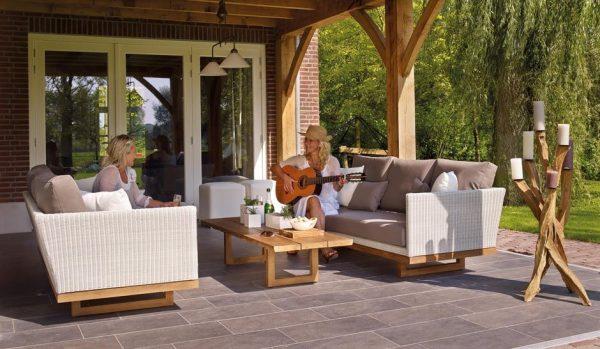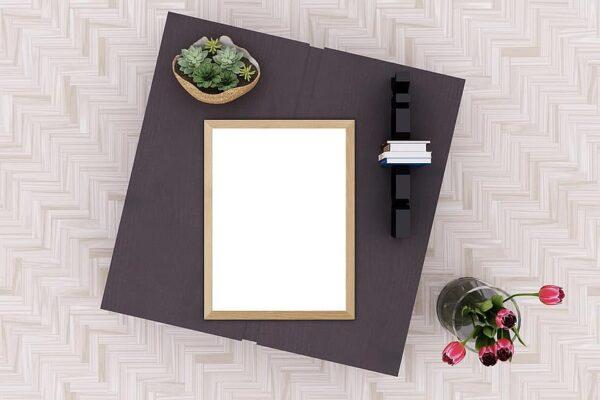Minimalism is a design philosophy that emphasizes simplicity and functionality, stripping away the unnecessary to make room for what truly matters. In the context of a living room, minimalism can transform a space into a serene and tranquil retreat. Here’s how you can achieve a minimalist aesthetic in your living room, based on the latest trends and ideas.
Key Elements of a Minimalist Living Room
1. Clean Lines and Simple Shapes
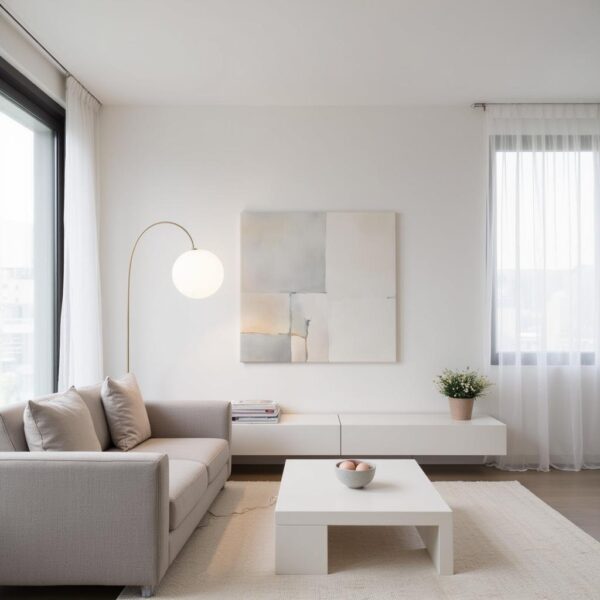
Minimalist design focuses on clean lines and simple geometric forms such as squares, circles, and rectangles. Furniture and decor with streamlined, elegant designs can complement your space without overwhelming it. Look for pieces that have a functional purpose and contribute to the overall aesthetic.
2. Neutral and Natural Colors
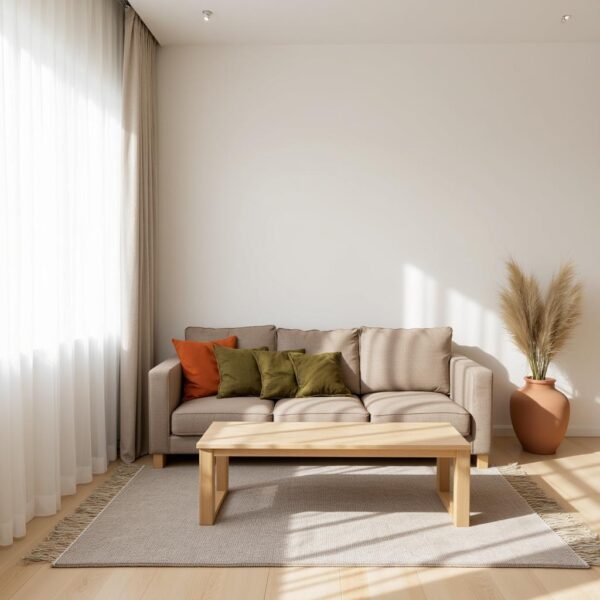
While white is often associated with minimalism, it’s not the only option. Warm beiges, soft browns, and even olive tones can create a cozy atmosphere. The key is to use a limited color palette that enhances the room’s simplicity and elegance.
3. Textures and Layers
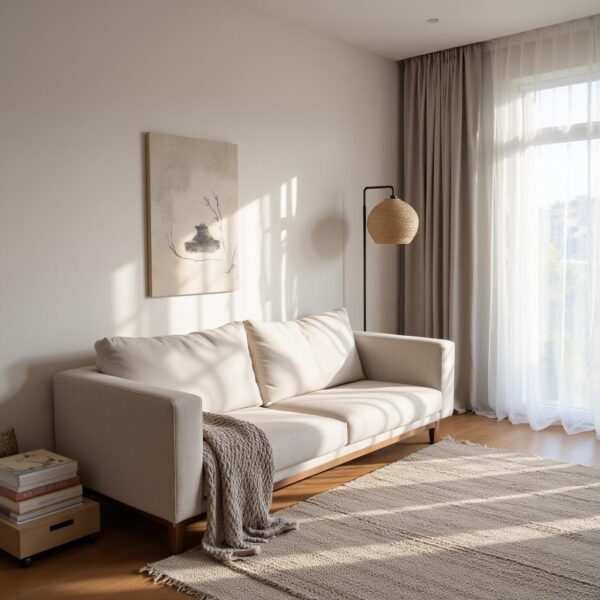
Minimalist interiors are embracing textures with fervor. Soft fabrics, layered materials, and textured rugs can add depth and interest to a space without cluttering it. Consider using materials like wool, linen, or cotton to add a tactile dimension to your living room.
4. Functional Furniture
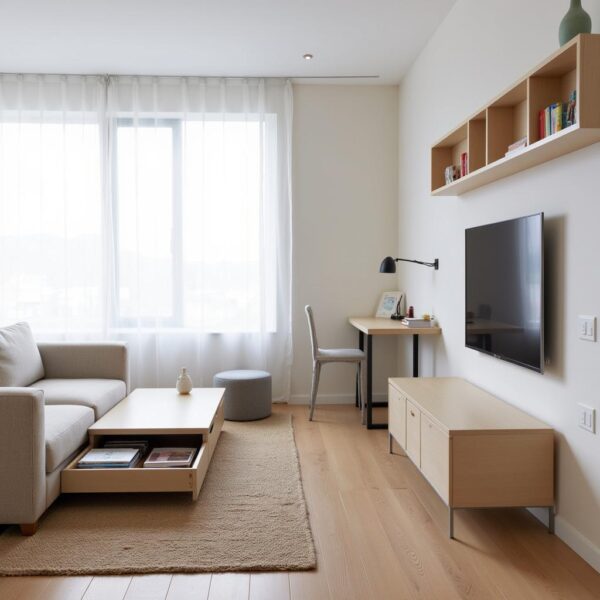
Every element in a minimalist space should serve a purpose. Invest in multi-functional furniture pieces that offer storage solutions or can be used in different ways. This approach helps keep the room organized and free from unnecessary items.
5. Incorporate Nature
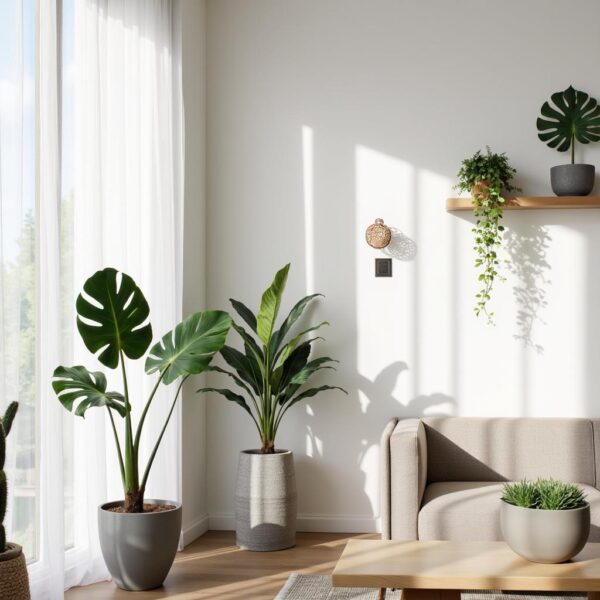
Plants are a fantastic way to add life and color to a minimalist living room. Whether you opt for a large statement plant or small planters throughout the room, a touch of greenery can enhance the minimalist vibe while keeping the space lively.
6. Decluttered Spaces
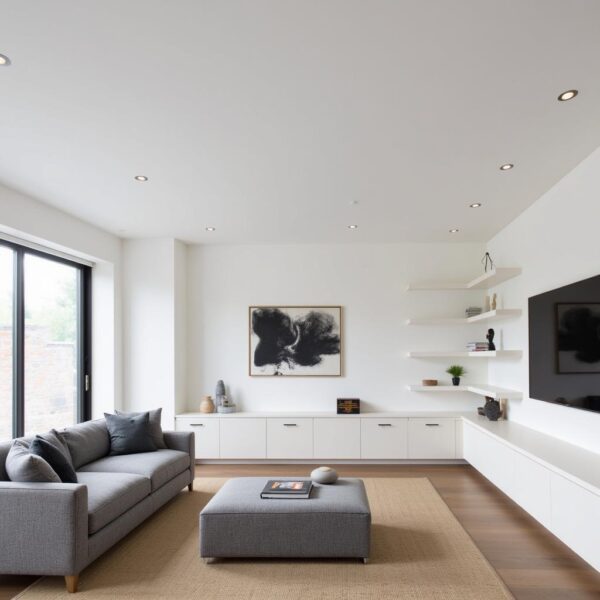
A fundamental principle of minimalism is maintaining a clutter-free environment. Open floor plans and smart storage solutions can help achieve this. Ensure that each item in the room has a place and a purpose, reducing visual noise and creating a more serene environment.
7. Accent Walls and Art
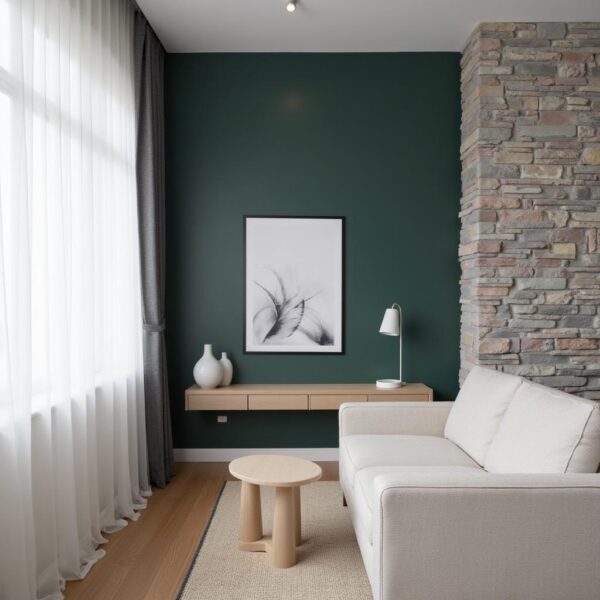
While minimalism emphasizes simplicity, it doesn’t mean your space has to be devoid of personality. Consider adding a feature wall with a bold color or texture, or incorporating a few statement pieces of art that reflect your style.
Conclusion
Creating a minimalist living room is about more than just aesthetic choices; it’s a lifestyle that embraces simplicity and functionality. By focusing on clean lines, a neutral palette, and purposeful decor, you can create a space that is both beautiful and practical. Remember, less is more—each piece should contribute to the overall harmony of the room. With these ideas, your living room can become a peaceful retreat that reflects both sophistication and comfort.

